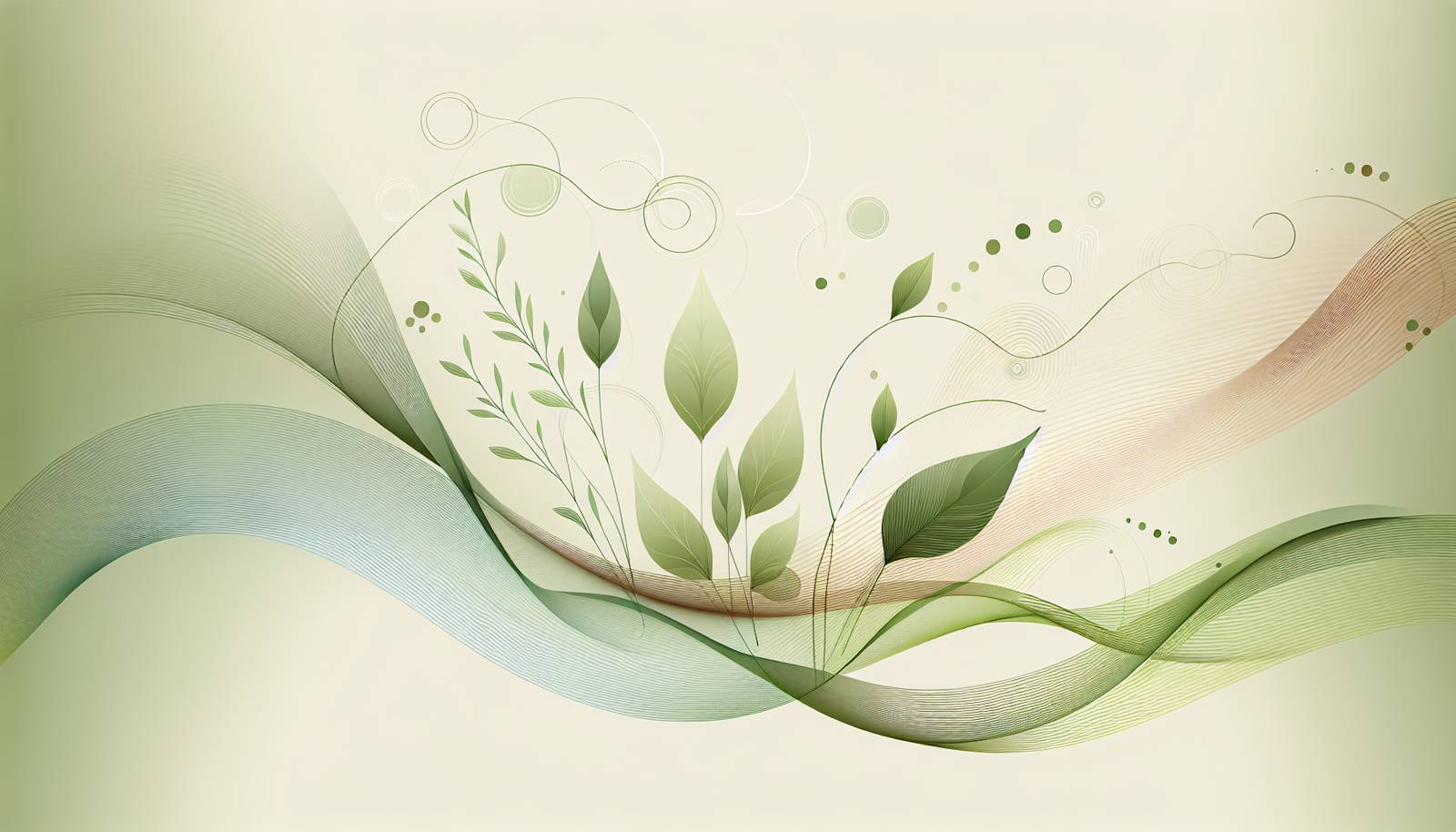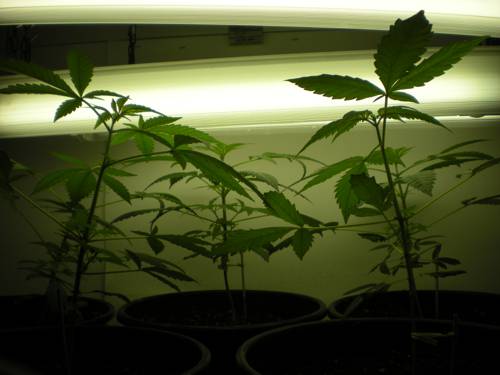
FAQ About Indoor Plant Light Requirements for Different Growth Stages

What are the light requirements for seedlings of indoor plants?
Seedlings generally require bright, indirect light to prevent them from becoming leggy. During this stage, providing about 12-16 hours of artificial light per day can support healthy growth if natural light is insufficient. Fluorescent or LED grow lights are effective for this phase.

How does light intensity affect the growth of indoor plants?
Light intensity plays a crucial role in photosynthesis. High-intensity light is often necessary for vibrant growth and flowering, while low-intensity light might lead to slower growth and weaker plants. Adjusting light intensity according to the plant's growth stage is essential for optimal health.

What light spectrum is ideal for the vegetative stage of indoor plants?
During the vegetative stage, indoor plants benefit from a blue light spectrum, which supports foliage growth. A light spectrum of 400-500 nm is typically suitable for this phase, commonly provided by fluorescent or LED grow lights.

Do indoor plants need different light schedules as they mature?
Yes, indoor plants may require different light schedules as they mature. Seedlings and vegetative plants often thrive with 12-16 hours of light, while flowering and fruiting plants might need 8-12 hours of light to simulate shorter daylight hours of late summer and fall.

How can I simulate natural light conditions for my indoor plants?
To simulate natural light conditions, use a combination of artificial grow lights that mimic the full spectrum of sunlight. Position lights to replicate the sun's movement across the sky throughout the day and adjust duration based on seasonal day-length changes.

What are the consequences of insufficient light for indoor plants?
Insufficient light can lead to several issues in indoor plants, including stunted growth, pale or yellow leaves, and reduced flowering or fruiting. Prolonged low light conditions may also weaken the plant, making it more susceptible to diseases and pests.

Can too much light harm indoor plants?
Yes, too much light can harm indoor plants by causing leaf burn, increased water needs, and physiological stress. It's important to balance light exposure based on the plant's species and growth stage, protecting them from excessive direct sunlight if necessary.

How do I choose the right grow light for different stages of plant growth?
Choose grow lights based on the plant's growth stage: seedlings benefit from cool, blue spectrums like fluorescents; vegetative stages prefer broader spectrums including blue, while flowering stages thrive with red and far-red spectrums. LED grow lights can be adjusted to offer complete coverage across various stages.

What role does photoperiod play in the growth of indoor plants?
Photoperiod, the duration of light and darkness a plant receives, influences physiological changes such as flowering, leaf development, and dormancy. Understanding a plant's specific photoperiod needs at different growth stages can optimize its health and help predict its growth cycle.

How does the light requirement change from the vegetative to flowering stage?
The light requirement typically shifts from longer daylight periods in the vegetative stage to shorter day lengths in the flowering stage, often about 12 hours each to induce flowering in photoperiod-sensitive plants.

Are fluorescent lights suitable for all stages of indoor plant growth?
Fluorescent lights are generally suitable for the seedling and vegetative stages due to their lower intensity and cool spectrum. However, they may not provide sufficient intensity for flowering plants, which might require LED or HID lights for optimal flower production.

What is the optimum light range for flowering indoor plants?
Flowering indoor plants typically benefit from a spectrum that includes red light (600-700 nm), which promotes blooming. A well-balanced full-spectrum light with more emphasis on the red range supports optimal flowering and fruiting.

How can I tell if my indoor plants are receiving too little or too much light?
Signs of too little light include leggy growth, small or pale leaves, and delayed flowering. Conversely, too much light can cause leaf scorch and wilting. Observing plant responses and adjusting lighting conditions as needed can help maintain balance.

Why is LED lighting popular for growing indoor plants?
LED lighting is popular for growing indoor plants because it is energy-efficient, emits low heat, and offers adjustable spectrums for various growth stages. These features make them versatile and suitable for a wide range of plant types and lighting needs.

How can artificial lighting duration be adjusted seasonally for indoor plants?
Adjust artificial lighting duration by mimicking the natural seasonal changes: longer light periods in the spring and summer, and shorter periods in autumn and winter. This approach helps indoor plants transition naturally through their growth cycles with optimal light exposure.

What types of indoor plants have high light requirements at all growth stages?
Indoor plants like succulents, cacti, and certain tropical species like the Bird of Paradise require high light at all growth stages for healthy development. These plants should be placed in bright, sunlight-rich areas or provided with intense artificial light.

Can indoor plants be grown without natural sunlight at any growth stage?
Yes, indoor plants can be grown without natural sunlight at any growth stage using artificial grow lights. Advanced LED systems provide the necessary spectrum and intensity for all stages, allowing complete indoor cultivation.

How does the orientation of windows affect indoor plant light requirements?
The orientation of windows significantly affects light availability. South-facing windows typically provide the most light, while north-facing ones offer the least. Adjustments using supplemental lighting may be necessary based on the window orientation to meet plant needs.

What are the best practices for placing grow lights on indoor plants?
Place grow lights at a distance that provides sufficient light without causing heat damage, typically 12-18 inches above plants. Adjust the height and angle as plants grow and change stages to maintain ideal light exposure and coverage.

How can different types of reflectors enhance indoor plant lighting?
Reflectors enhance indoor plant lighting by directing and concentrating the light towards the plants, maximizing efficiency. Using reflective materials like Mylar or aluminum foil around grow spaces increases light exposure and benefits overall plant growth.
